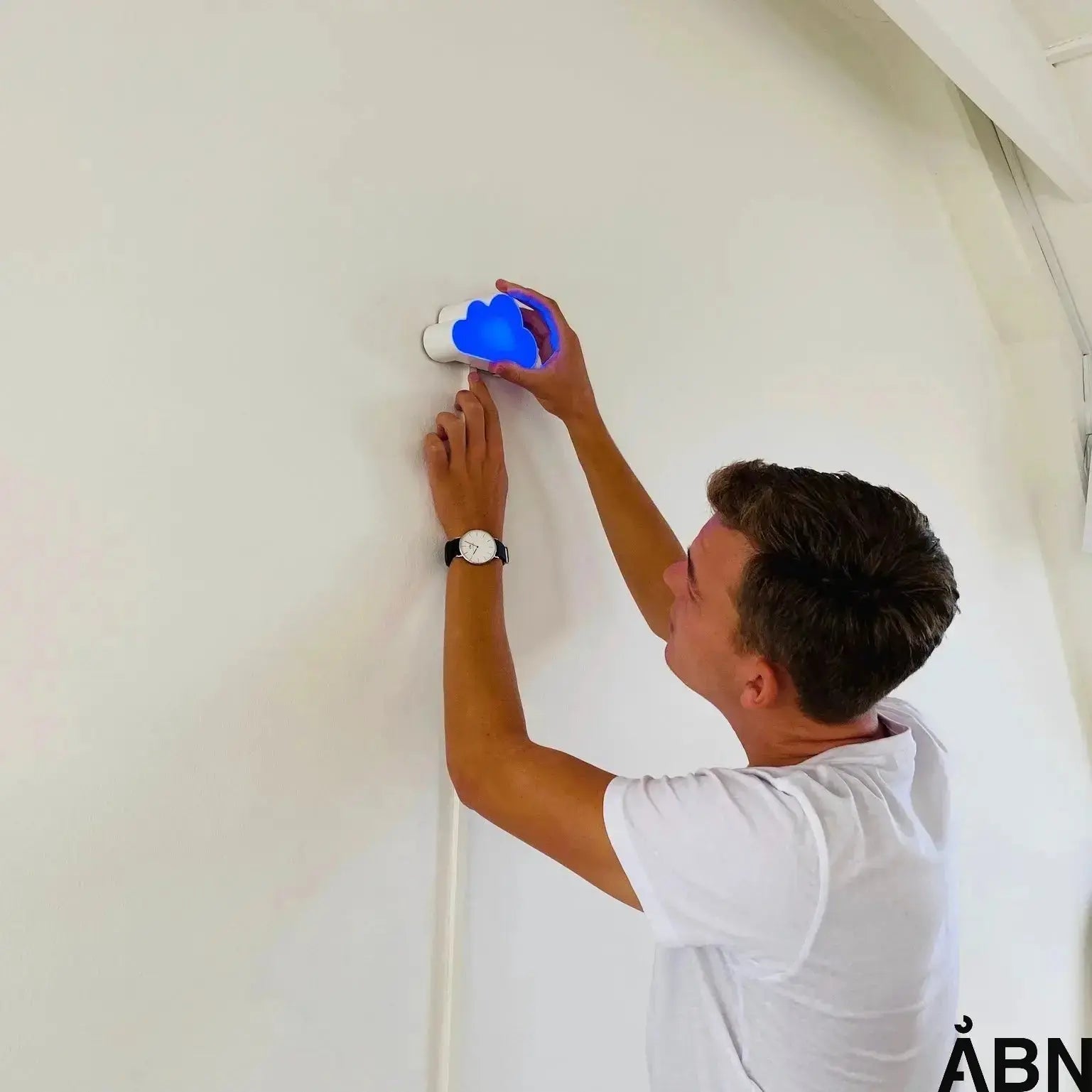Guide: How to measure poor indoor climate
When it comes to ensuring a healthy and comfortable indoor climate, having the right measurements in place is crucial. But how do you actually measure poor indoor climate? In this guide, we will explore different methods for measuring indoor climate and identifying potential problems. We will look at important factors such as CO₂ levels, temperature, humidity and particles, and how these affect our health and well-being.
According to SBI, indoor air quality is crucial to our well-being and productivity. Poor indoor air quality can lead to symptoms such as headaches, fatigue and difficulty concentrating. Therefore, it is important to keep track of measurements to ensure a healthy environment both at home and at work.
CO₂ levels
One of the most important elements to measure when it comes to indoor climate is CO₂ levels. According to the Indoor Climate Portal , high CO₂ levels can lead to poor air quality and reduced concentration. It is therefore crucial to have control over ventilation and ensure that the air is replaced regularly to avoid excessively high CO₂ levels.
Temperature and humidity
Temperature and humidity also play a big role in the indoor climate. According to Bolius , temperatures that are too high or too low, as well as high humidity, can cause discomfort and potential mold problems. It is therefore important to measure and regulate these factors to create a comfortable and healthy indoor climate.
Particles and allergens
Particles and allergens in the air can also have a negative impact on our health. According to Teknologisk, it is important to measure air quality to identify potential allergens and particles that can cause problems. By having control over these measurements, you can take the right measures to improve air quality.
FAQ about measuring poor indoor climate
How can you measure CO₂ levels in a room?
An effective way to measure CO₂ levels is by using a CO₂ sensor, which can provide you with ongoing data on air quality.
How does poor indoor air quality affect children and their learning ability?
Poor indoor air quality can lead to reduced concentration and well-being in children, which can affect their performance at school.
How can the indoor climate in an office environment be improved?
By ensuring regular ventilation, correct temperature regulation and air filtration, you can improve the indoor climate in an office workplace.
Contact ÅBN for advice and solutions
At ÅBN, we are experts in indoor climate and technology. With our innovative solutions, like Skyen , we can help you visualize and understand indoor climate in an intuitive way. Contact us today for advice, data or solutions to improve the indoor climate in your surroundings. Together, let's create a healthier and more sustainable environment for everyone.
Thank you for reading!









